The Ultimate Guide To Growing Ortensia Hydrangea Paniculata
Panicle hydrangeas (Hydrangea paniculata) are a versatile and easy-to-grow shrub that can add beauty to any garden. They are known for their large, showy flower clusters that can range in color from white to pink to blue. Panicle hydrangeas are also relatively drought tolerant and can thrive in a variety of soil conditions.
If you are thinking about adding panicle hydrangeas to your garden, here is an ultimate guide to help you get started.
Choosing the right location
The first step to growing panicle hydrangeas is to choose the right location. Panicle hydrangeas need full sun to partial shade, but they should not be planted in areas that receive direct afternoon sun in hot climates. They also need well-drained soil. If your soil is heavy clay, you may need to add some sand or compost to improve drainage.
Planting panicle hydrangeas
Panicle hydrangeas can be planted in the spring or fall. When planting, dig a hole that is twice as wide and as deep as the root ball of the plant. Backfill the hole with the native soil, mixing in some compost or other organic matter. Water the plant well after planting.
Caring for panicle hydrangeas
Panicle hydrangeas are relatively low-maintenance plants. Once they are established, they only need to be watered deeply once a week during the summer months. They may also need to be fertilized once a year in the spring.
To fertilize panicle hydrangeas, use a balanced fertilizer that is high in phosphorus. You can apply the fertilizer to the soil around the base of the plant or mix it into the soil when you are planting.
Pruning panicle hydrangeas
Panicle hydrangeas do not need to be pruned heavily. However, you may want to remove any dead, diseased, or damaged branches in the spring. You can also prune the plant to shape it or to keep it from getting too large.
If you want to encourage larger flower clusters, you can prune panicle hydrangeas in the fall. Cut the stems back to about 6 inches from the ground. This will force the plant to produce new growth in the spring, which will result in larger flower clusters.
Pests and diseases
Panicle hydrangeas are relatively resistant to pests and diseases. However, they can be susceptible to aphids, scale, and powdery mildew. If you see any pests or diseases on your plant, you can treat them with an insecticidal soap or fungicide.
Enjoying your panicle hydrangeas
Panicle hydrangeas are a beautiful and versatile plant that can add color and interest to any garden. With proper care, they will thrive for many years to come.
Conclusion
Panicle hydrangeas are a great choice for gardeners of all levels of experience. They are easy to grow and care for, and they produce beautiful flowers that can brighten up any garden. If you are looking for a new shrub to add to your garden, panicle hydrangeas are a great option.
If you're looking for a beautiful and easy-to-care-for shrub, look no further than the ortensia hydrangea paniculata. These stunning plants are known for their large, cascading blooms that come in a variety of colors, including white, pink, blue, and purple. They're also relatively drought-tolerant and can thrive in a variety of soil conditions.
If you're interested in learning more about ortensia hydrangea paniculata, I recommend visiting . This website has a wealth of information about the plant, including its history, care requirements, and pest and disease control. You can also find photos and videos of ortensia hydrangea paniculata in bloom.
FAQ of ortensia hydrangea paniculata
1. What are the best conditions for Hydrangea paniculata?
Hydrangea paniculata is a sun-loving plant that prefers full sun to partial shade. It does best in rich, medium moisture, well-drained soils. The soil pH should be between 5.5 and 7.0.
2. How do I care for Hydrangea paniculata?
Hydrangea paniculata is a relatively low-maintenance plant. It requires regular watering, especially during hot, dry weather. It should be fertilized once a year in the spring with a balanced fertilizer. Deadheading spent blooms will encourage new growth and flowering.
3. How do I propagate Hydrangea paniculata?
Hydrangea paniculata can be propagated by division, cuttings, or layering. Division is the most common method. To divide a Hydrangea paniculata, dig up the plant in the spring or fall and carefully separate the roots into two or more sections. Each section should have at least one healthy crown. Plant the divisions in their new location immediately.
4. How do I prevent pests and diseases in Hydrangea paniculata?
Hydrangea paniculata is susceptible to a few pests and diseases, including aphids, scale insects, powdery mildew, and leaf spot. Aphids and scale insects can be controlled with insecticidal soap or neem oil. Powdery mildew can be prevented by watering the plant at the base and avoiding overhead watering. Leaf spot can be prevented by watering the plant at the base and avoiding overhead watering. If your plant does develop pests or diseases, treat it immediately with the appropriate fungicide or pesticide.
5. How long do Hydrangea paniculata blooms last?
Hydrangea paniculata blooms in the summer and can last for several weeks. The exact bloom time will vary depending on the variety and the climate.
Image of ortensia hydrangea paniculata
5 different images of "ortensia hydrangea paniculata" from pinterest.com:
This variety of hydrangea is known for its large, pink flower heads. It is a deciduous shrub that can grow up to 10 feet tall. Pink Annabelle hydrangeas are hardy in USDA zones 3-9.
This variety of hydrangea is known for its large, white flower heads that turn lime green in the fall. It is a deciduous shrub that can grow up to 12 feet tall. Limelight hydrangeas are hardy in USDA zones 3-9.
This variety of hydrangea is known for its large, white flower heads that can grow up to 12 inches in diameter. It is a deciduous shrub that can grow up to 15 feet tall. Grandiflora hydrangeas are hardy in USDA zones 3-9.
This variety of hydrangea is known for its late-blooming flowers. The flower heads start out white and gradually turn pink as they mature. Tarda hydrangeas are hardy in USDA zones 3-9.
This variety of hydrangea is known for its bicolor flower heads. The flowers start out white and gradually turn pink and then red as they mature. Shikoku Flash hydrangeas are hardy in USDA zones 4-9.
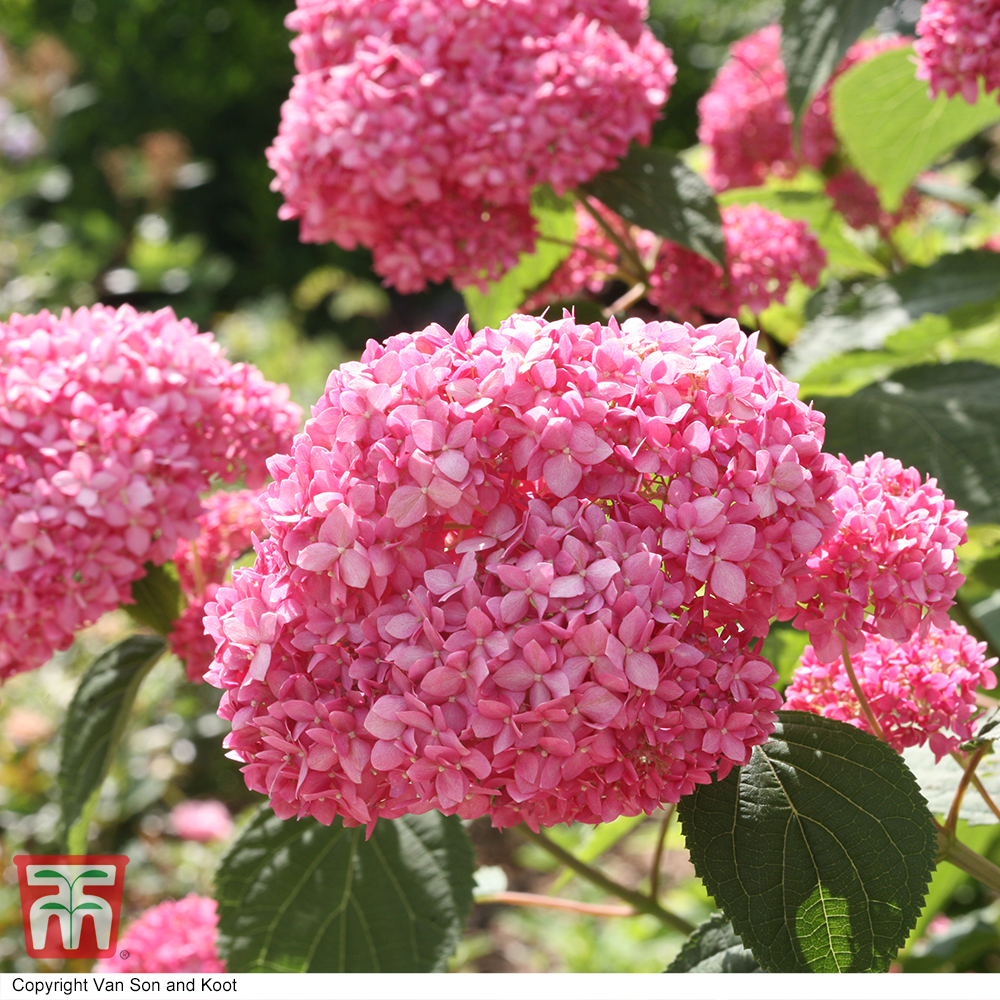
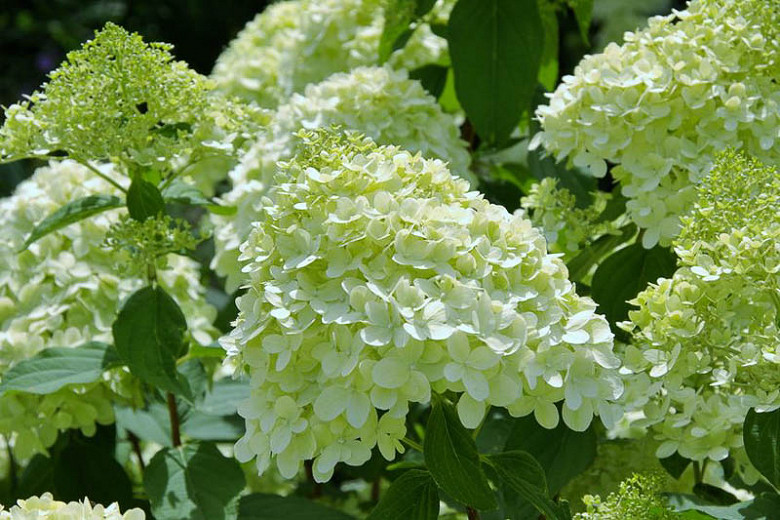
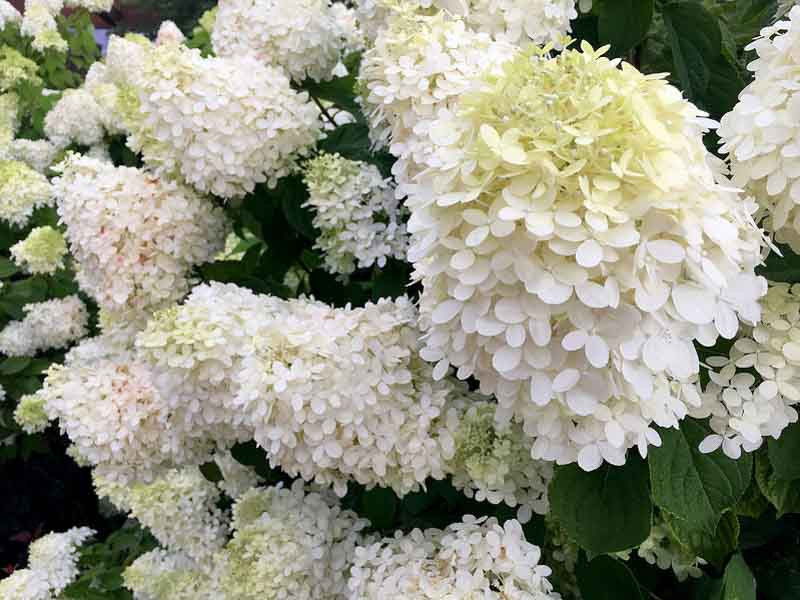
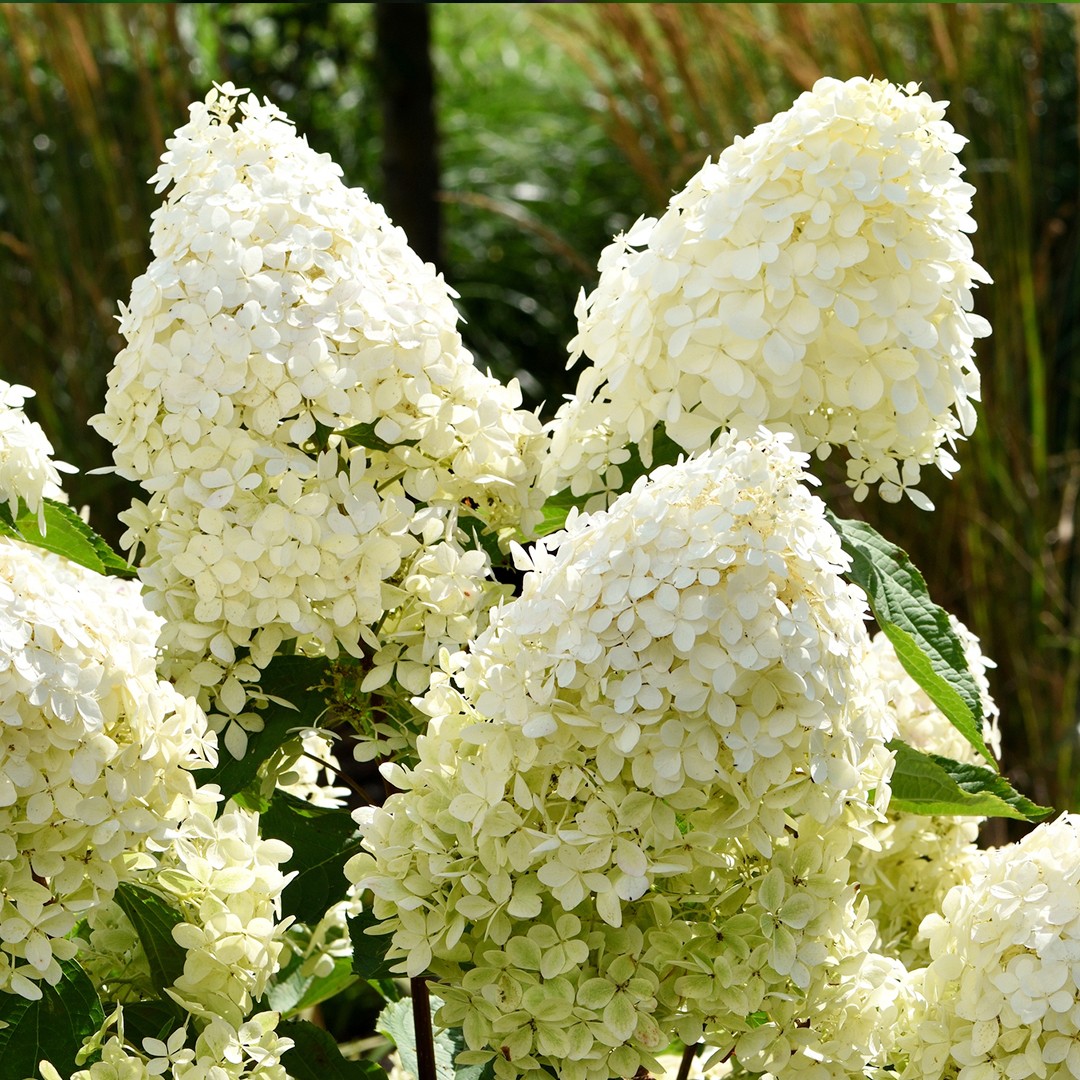
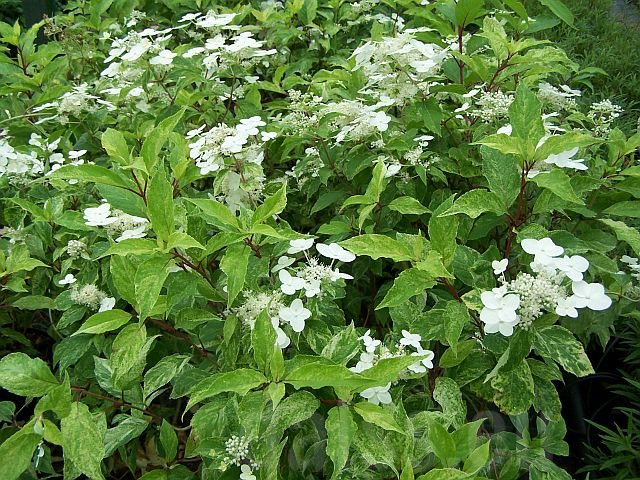
Post a Comment for "The Ultimate Guide To Growing Ortensia Hydrangea Paniculata"